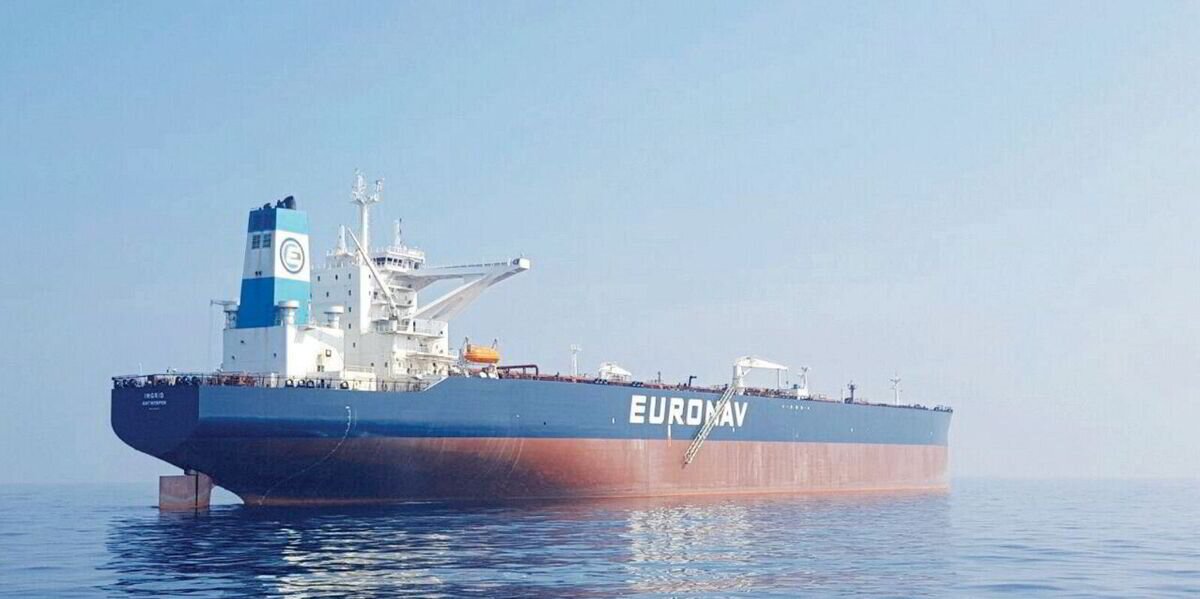Sao Paulo, 23 October (Argus) — Mexico’s polypropylene (PP) market could experience a further surge in imports from the US and Canada, driven by feedstock propylene prices falling to their lowest trade levels in three years, according to discussions held during the 45th Latin American Petrochemical Association (APLA) conference this week in Cancun, Mexico.
With production costs dropping sharply, PP producers in both countries might gain a cost advantage that may fuel aggressive export strategies. Mexico is already a key destination, but the influx of US- and Canada-made PP could further reshape trade flows across the region, industry sources told Argus at the event. Mexican buyers may increasingly turn to competitively priced imported resin, while domestic producers could face mounting pressure.
Although Mexico’s sole PP producer, Indelpro, is not vertically integrated — meaning it purchases propylene externally — it might benefit from the same feedstock price drop. However, the scale and pricing power of US and Canadian suppliers could present a challenge, sources said.
The sources suggest that the Mexican producer may need to navigate a market increasingly flooded with low-cost resin while managing its own procurement and production costs. Strategies could include renegotiating feedstock contracts, optimizing logistics, or targeting niche applications where local responsiveness might offer an edge.
The situation may highlight how shifts in upstream pricing, particularly for key feedstocks like propylene, could ripple through regional markets, altering competitive dynamics and forcing producers to adapt quickly.
Falling PP prices globally could also make noise along the west coast of South America (WCSA). Chinese producers are reportedly offering PP in the region at prices well below production costs, a move that might disrupt local markets. As an example, Argus heard China-origin PP homopolymer offers to WCSA buyers this week as low as $/t cfr main ports. This compares to $900–/t cfr levels heard from other origins during the same period.
This pricing pressure could pose serious challenges to domestic producers in Colombia and Chile, who may struggle to compete with such aggressive offers. Additionally, PP producers and exporters in Brazil and Argentina could face margin compression and reduced competitiveness in nearby markets, as Chinese resin undercuts regional pricing benchmarks, according to sources consulted during the APLA conference. If sustained, this trend might trigger trade defense measures or force producers to seek alternative markets and cost efficiencies to remain viable, sources told Argus in separate meetings.
In Brazil, the government is already studying the possibility of increasing anti-dumping duties on PP imports from the US. Currently, Brazil applies a 10.6pc anti-dumping duty on US-made PP, reinstated in early 2024 following lobbying efforts by the domestic producer. While no formal duty is yet in place for Chinese PP, it is allegedly under review.
Separately, Brazil has recently imposed anti-dumping duties on polyethylene (PE) imports from the US and Canada, following a request from Braskem, the country’s sole PE producer.
In addition, the government raised the existing anti-dumping duties on US-made PVC to nearly 50pc, citing sustained damage to the domestic industry.
These developments reflect a broader shift toward protective trade measures as Brazil and other countries in the region seek to shield its petrochemical sector from global price distortions and rising import volumes.
All these concerns are part of a growing global unease over resin oversupply, notably in PE and PP, and the prolonged downward trend in the petrochemical sector. This sentiment dominated the mood among industry participants at the APLA conference, with many expressing concern about the direction of the market amid sluggish demand and persistent oversupply.
By Fred Fernandes





